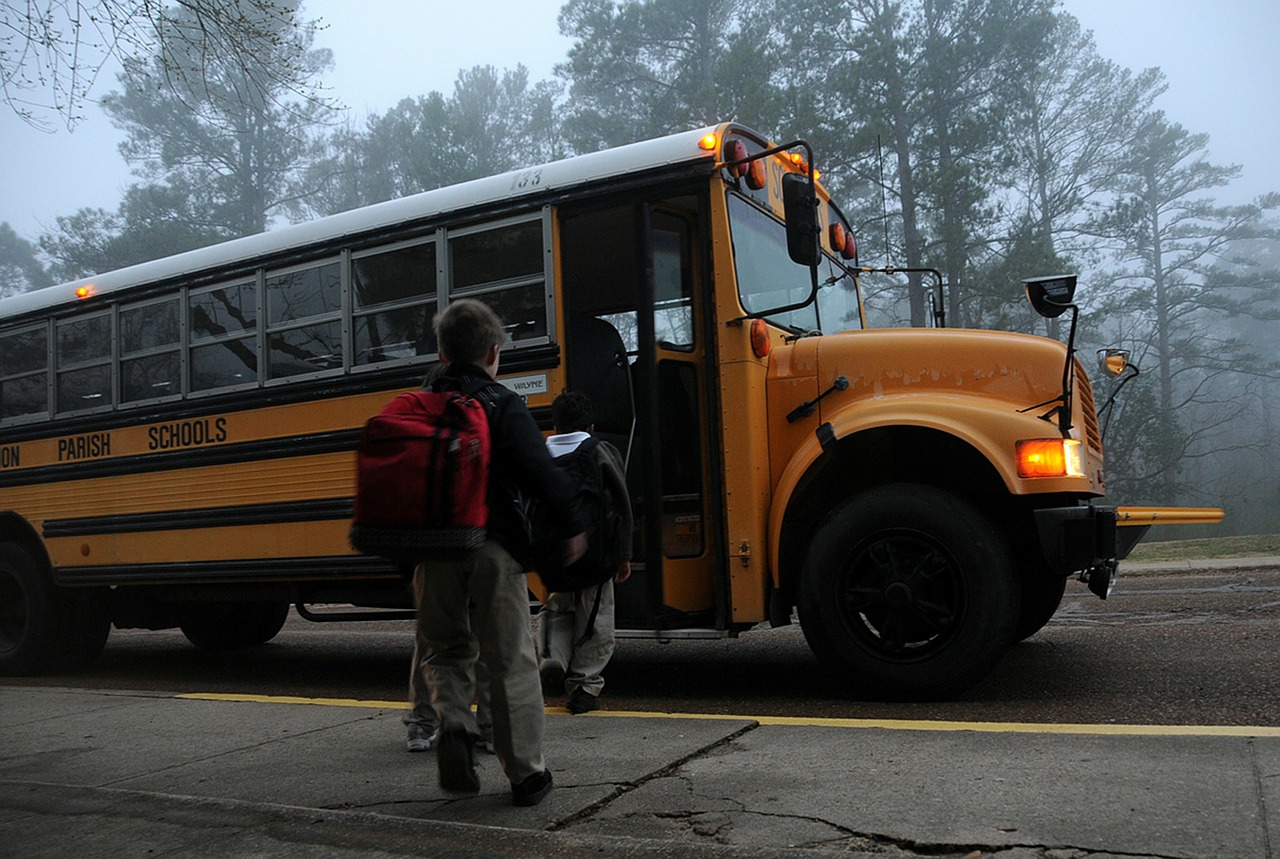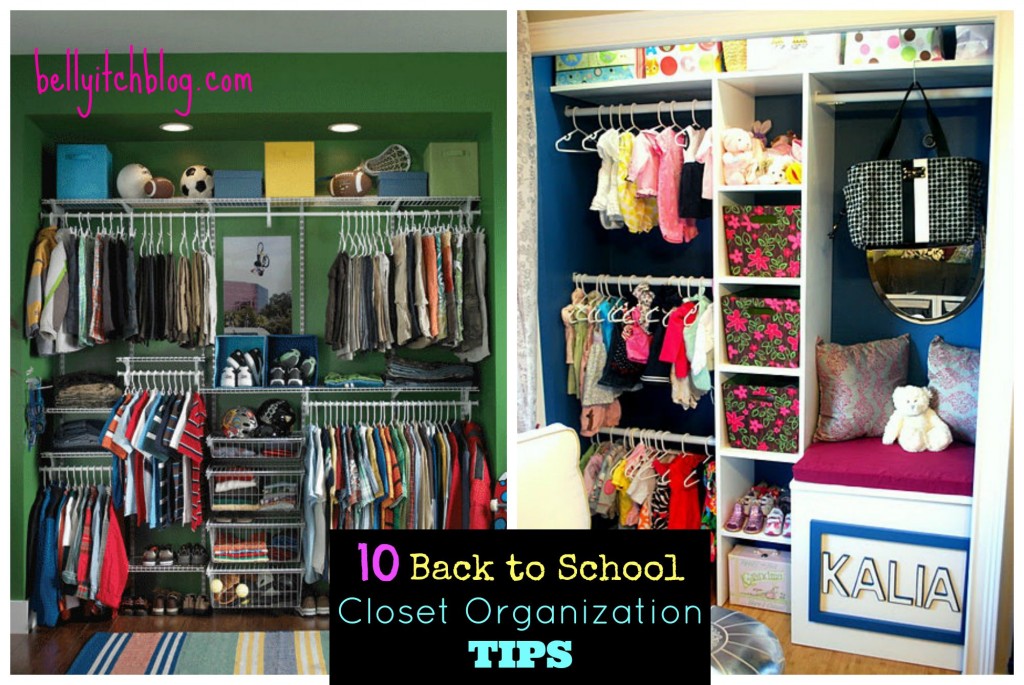
It’s back to school shopping time and today, I’m heading to my local office supply and big box stores to gather the things my children need for back to school. This entire week, in my state is Tax-Free week!
It’s part of a growing initiative among US state governments to give a break to parents and care-givers who have kids heading back to school by alleviating the sales tax burden on items parents purchase as their kids head off to school. Maryland allows tax-free sales on supplies, clothes and shoes.
It’s a boon for brick-and-mortar retailers and outlet malls which see sales spike during this time of year and that is the purpose. The folks at TheSpruce.com put in the heavy lifting to identify all the states in the Union that offer Tax-Free weekends or weeks, including some that have past already but for your edification for next year:
States Offering a Tax-Free Weekend (or Week) in 2017
Alabama: Alabama offers two tax-free weekends each year—one for the back-to-school season and the other for severe weather preparedness.
- Back to School: Begins the third Friday in July and ends the following Sunday (clothing, computers, books and school supplies)
- Severe Weather Preparedness: Begins Friday of the last full weekend in February and ends the following Sunday (hurricane preparedness supplies and generators)
Arkansas: August 5, 2017 to August 6, 2017 (clothing and school supplies)
Florida: May 28, 2017 to June 5, 2017 (hurricane preparedness equipment and generators); August 4, 2017 to August 6, 2017 (school supplies, clothing and computers)
Georgia: In the past, Georgia offered two tax-free weekends—one for the back-to-school season (usually in July) and the other for energy-efficient appliances later in the year.
Iowa: August 4, 2017 to August 5, 2017 (clothing)
Louisiana: Lousiana offers three tax-free weekends each year:
- Severe Weather Preparedness: Saturday, May 27, 2017 to Sunday, May 28, 2017 (hurricane preparedness supplies and generators)
- Annual Sales Tax Holiday: August 4, 2017 to August 5, 2017 (personal property less than $2500)
- Second Amendment Weekend Sales Tax Holiday: September 1, 2017 to September 3, 2017 (firearms, ammunition and hunting supplies)
Maryland: February 17, 2017 to February 19, 2017 (energy star products); August 13, 2017 to August 19, 2017 (clothing and footwear)
Mississippi: July 28, 2017 to July 29, 2017 (clothing and footwear)
Missouri: April 19, 2017 to April 26, 2017 (energy star products); August 4, 2017 to August 6, 2017 (clothing, computers and school supplies)
New Mexico: August 4, 2017 to August 6, 2017 (clothing, computers, computer equipment and school supplies)
Ohio: August 4, 2017 to August 6, 2017 (clothing and school supplies)
Oklahoma: August 4, 2017 to August 6, 2017 (clothing)
South Carolina: August 4, 2017 to August 6, 2017 (clothing, school supplies and computers)
Tennessee: July 28, 2017 to July 30, 2017 (clothing, school supplies and computers)
Texas: August 11, 2017 to August 13, 2017 (clothing, backpacks and school supplies)
Virginia: August 4, 2017 to August 6, 2017 (clothing, school supplies and energy star products)
If your state does not sponsor a tax-free weekend, consider driving to a nearby state that does. Alternatively, contact your local state representative to request that he or she initiate sales tax holiday legislation for your area.
Get the most out of tax-free weekend by planning your shopping day, including having a list and knowing where you’ll go, buying in bulk, using cash and using price matching at stores that offer it.














